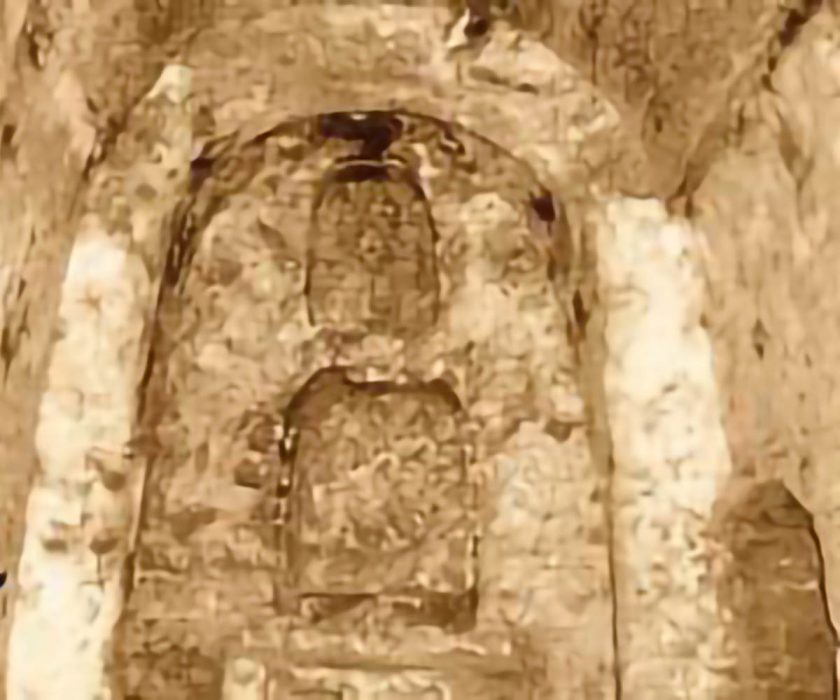They are outside the city, just across the gorge to the west. Without a doubt, its location allows impressive views of Ronda, of a singular beauty that delight the soul like no other corner. The entire enclosure is made up of a hermitage where the Virgen de la Cabeza is venerated, who annually leaves the Pilgrimage, prior to 1794, the year of the founding of her Brotherhood; and some caves where hermit friars lived.
These caves, called San Antón, were excavated in the same stone in the 9th and 10th centuries, a time of religious tolerance until the arrival of the Almohads in the 12th century when this permissive relationship disappeared, and used by Mozarabic communities for worship. and as a monastic dwelling. Three functional areas are clearly differentiated: worship, domestic, and production or supply. In the part dedicated to worship there is the main altar and three naves perpendicular to it. In the Sacristy you can see some niches to place liturgical items, which emulate the small Roman columbariums. All the naves, except the Sacristy, have altars and upper niches for the deposit of religious images. In the main nave there is an incomplete apse carved out of the rock. In the second nave, below, the crypt is located.
The Housing area is characterized by its austerity, whose cells and pavement were also excavated in the rock. And in the supply and production area there is a small block, a small press and an important silo dug into the rock of the subsoil for the storage of grain.
It is the largest cave religious complex in the entire province of Málaga.
Sanctuary of the Virgin of the Head and Caves of San Antón

Comments are closed.
